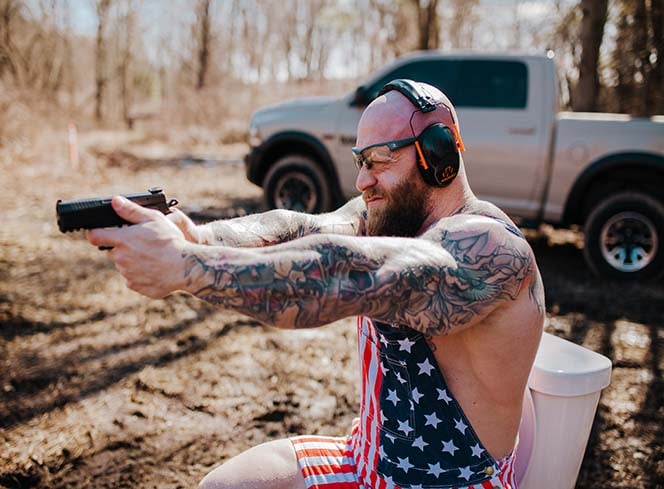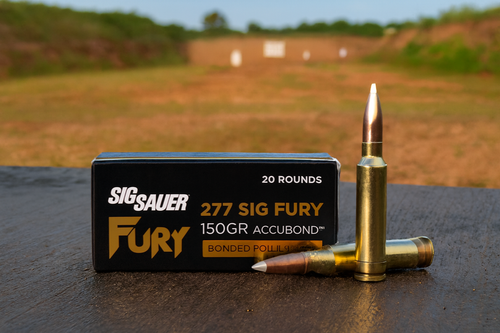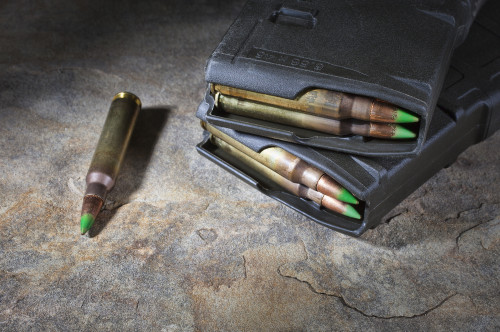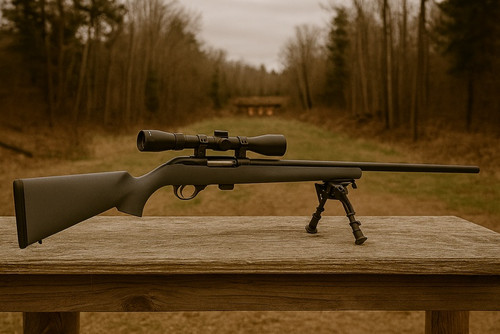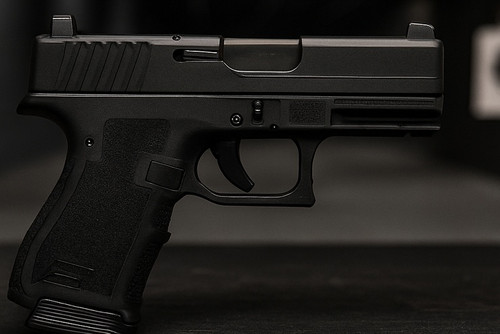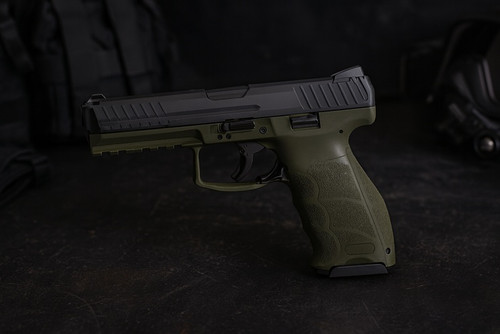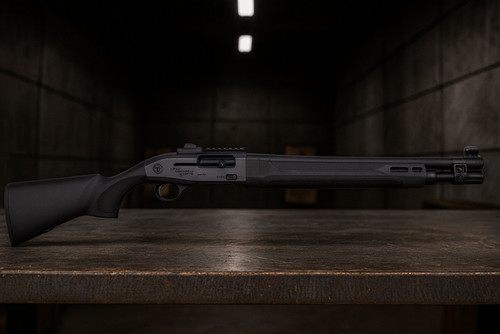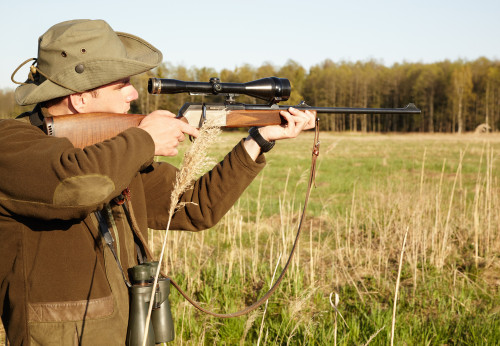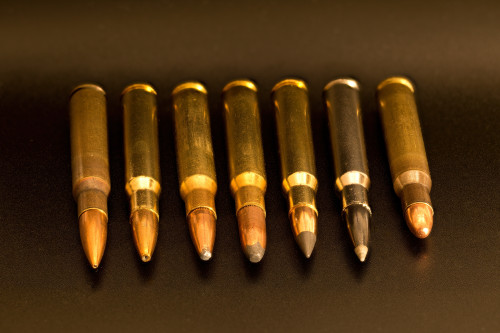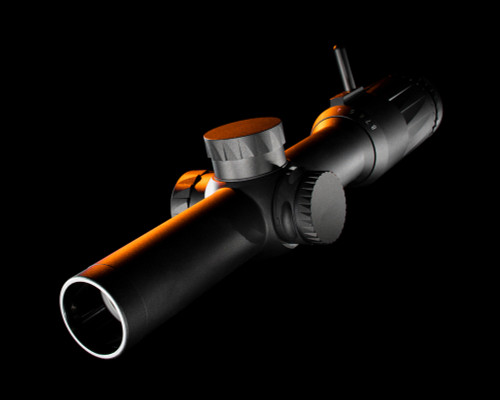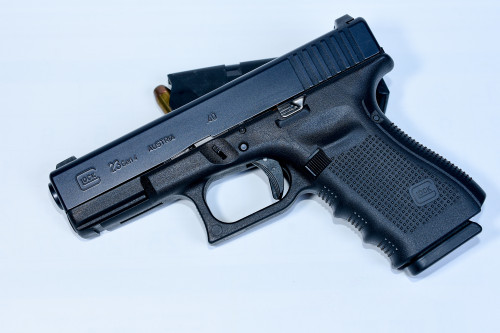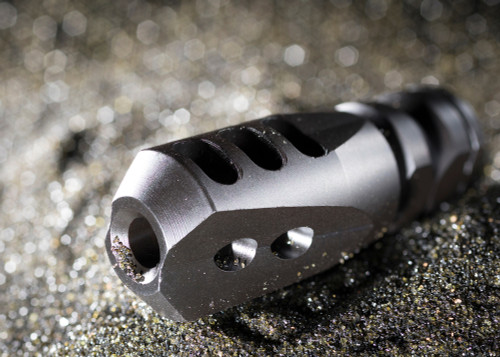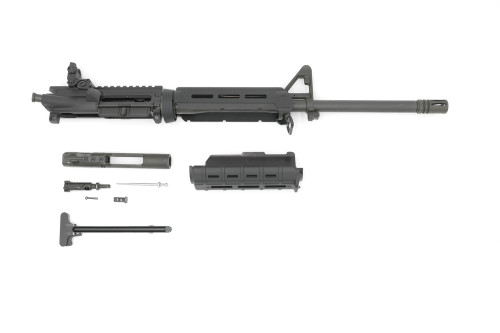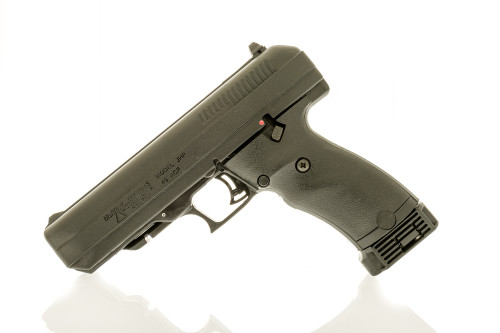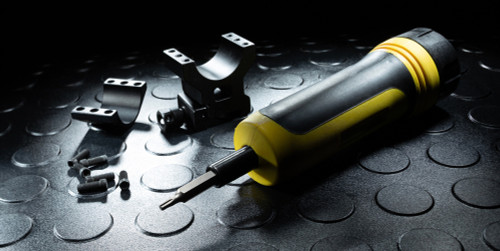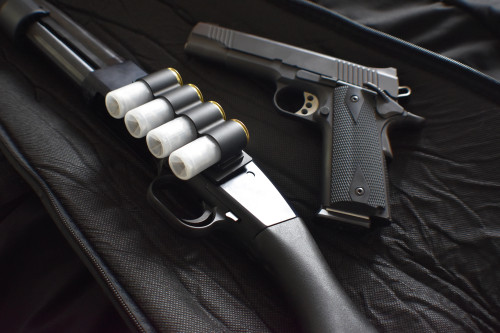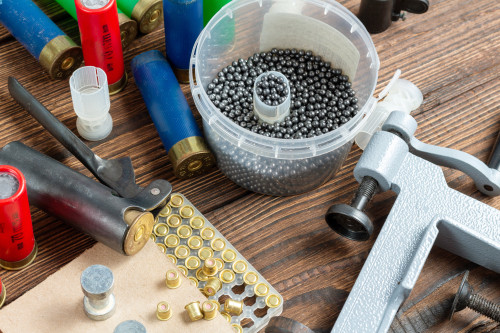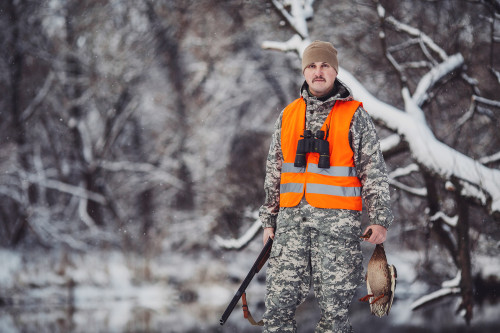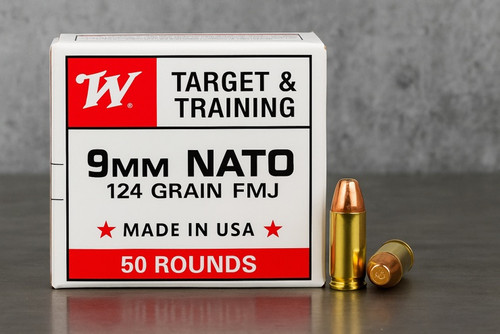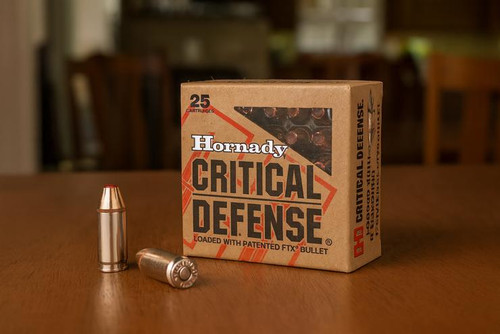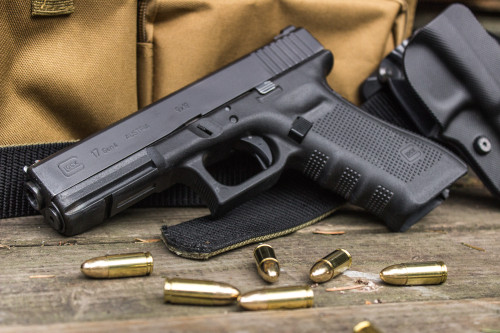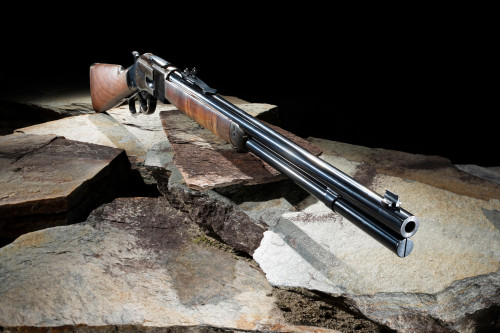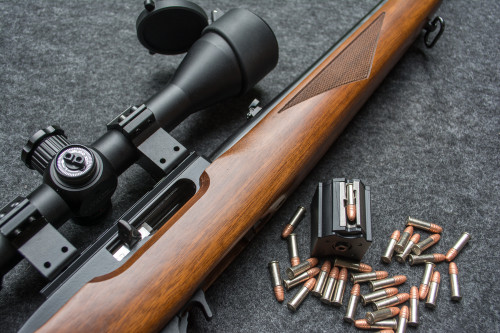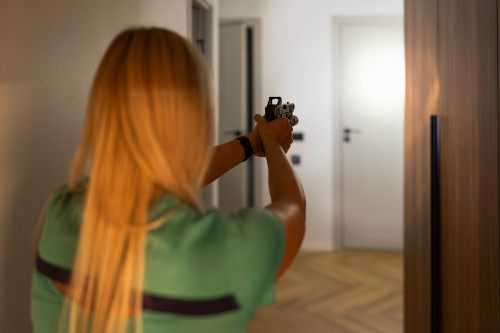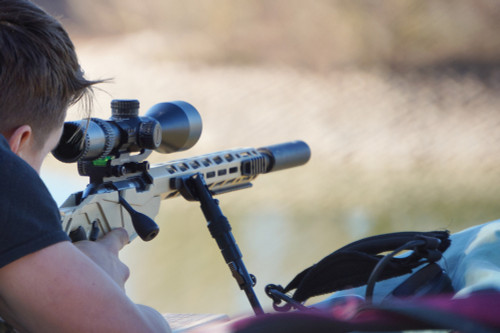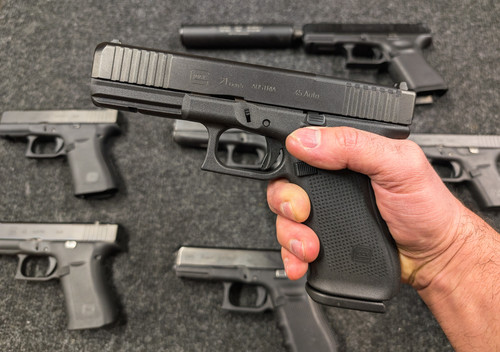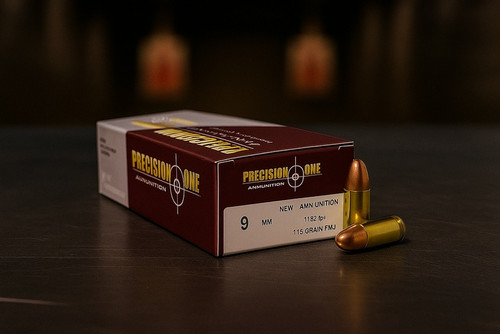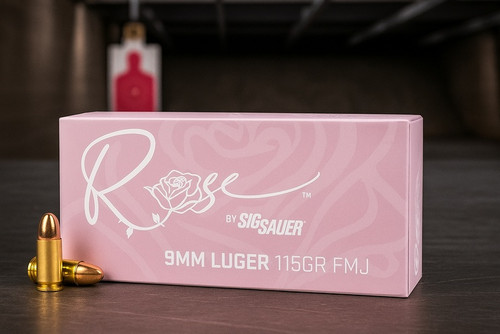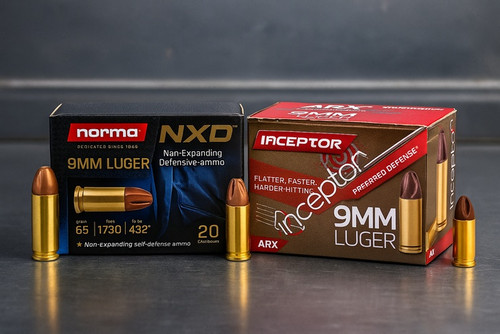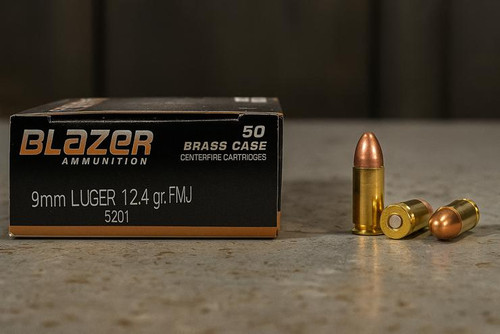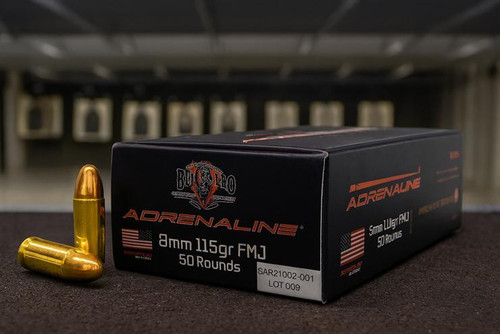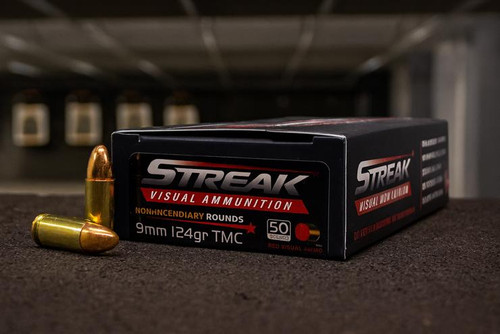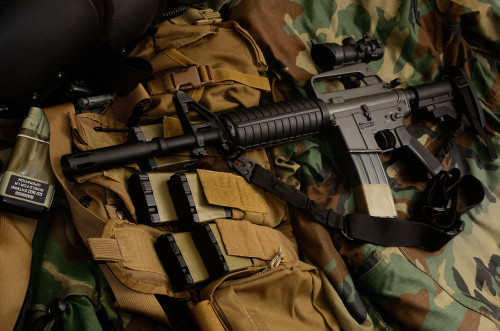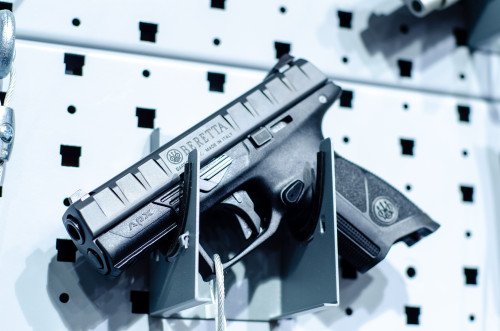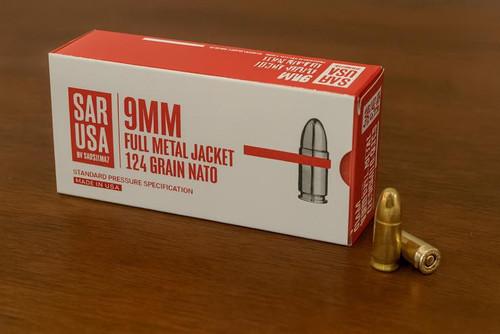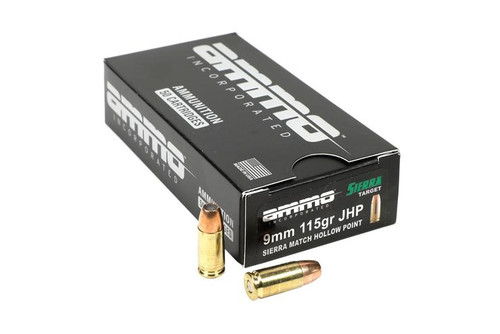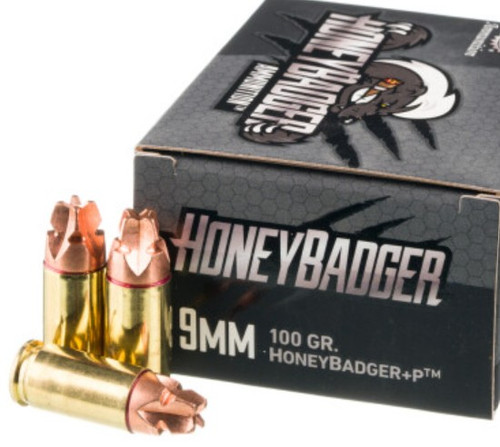The 7.62x39mm cartridge is one of the most iconic and widely-used intermediate rifle rounds in the world. Known primarily for its role in the AK-47 and SKS platforms, this Soviet-designed cartridge has carved out a legacy in both military and civilian applications. But what do its ballistics actually look like—and how do those numbers translate into real-world performance?
In this guide, we’ll explore the ballistic profile of the 7.62x39mm cartridge, including velocity, energy, trajectory, and terminal behavior, giving you a clear understanding of how it performs on the range and in the field.
Cartridge Overview
- Bullet Diameter: 0.311 inches (7.9mm)
- Case Length: 39mm
- Overall Length: ~56mm
- Standard Bullet Weight: 122–125 grains (FMJ, SP, HP)
- SAAMI Max Pressure: ~45,000 psi (CIP standard)
- Common Rifles: AK-47, SKS, Ruger Mini Thirty, CZ 527, AR-15 (with caliber conversion)
Originally designed for military use in the 1940s, the 7.62x39mm was intended to balance the rapid-fire capability of submachine guns with the extended range and power of full-sized rifle cartridges. Its tapered case design ensures excellent feeding and extraction, especially in adverse conditions—one of the reasons it became a staple of Cold War-era conflict zones.
In civilian contexts, its low cost and high availability have made it a go-to round for hunting, range shooting, and prepping. Modern advancements in bullet construction have further expanded its capabilities, making it effective well beyond its original design parameters.
Muzzle Velocity and Energy
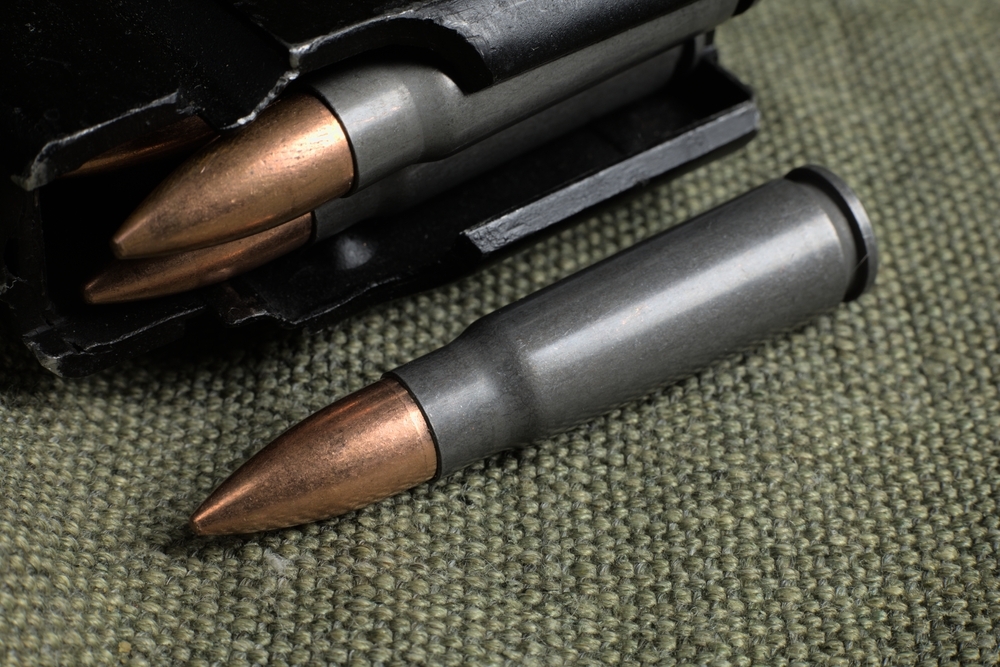
When fired from a 16-inch barrel, the 7.62x39mm typically produces:
- Muzzle Velocity: ~2,350 feet per second (fps)
- Muzzle Energy: ~1,500 foot-pounds (ft-lbs)
These figures can vary depending on the load. Lighter bullets may push 2,400+ fps, while heavier soft points or hunting rounds may travel slightly slower but hit with comparable or greater energy.
In general, its velocity and energy place it between 5.56 NATO and traditional full-power rifle cartridges like the .308 Winchester. This balance gives it enough punch for medium game and defensive use without excessive recoil.
Trajectory Characteristics
- Zeroed at 100 yards: Expect ~6–8 inches of drop at 200 yards, and ~24 inches at 300 yards.
- Zeroed at 200 yards: The bullet may rise ~2–3 inches at 100 yards, then drop ~12 inches at 300 yards.
Due to its moderate velocity and heavier bullet, 7.62x39mm exhibits a more curved trajectory than flatter-shooting rounds like 5.56 NATO. This requires shooters to learn bullet drop and holdovers for engagements beyond 150–200 yards.
This rainbow-like trajectory makes the cartridge less suited for long-range shooting but ideal for engagements within short to medium distances—particularly in wooded or brush-filled environments where visibility is limited.
Terminal Ballistics: What happens on impact?
The round is known for:
- High penetration, especially with FMJ ammo.
- Effective tissue disruption at close to moderate ranges.
- Adequate expansion with soft point (SP) or hollow point (HP) loads, especially in hunting applications.
While it lacks the hydrostatic shock of high-velocity rounds, its mass and momentum allow it to punch through intermediate barriers and deliver consistent performance on game or threats.
With the right bullet selection, 7.62x39mm can deliver lethal results even through bone and dense muscle tissue. It performs well against game like whitetail deer and feral hogs, and it has also proven effective in military applications for decades.
Real-World Use
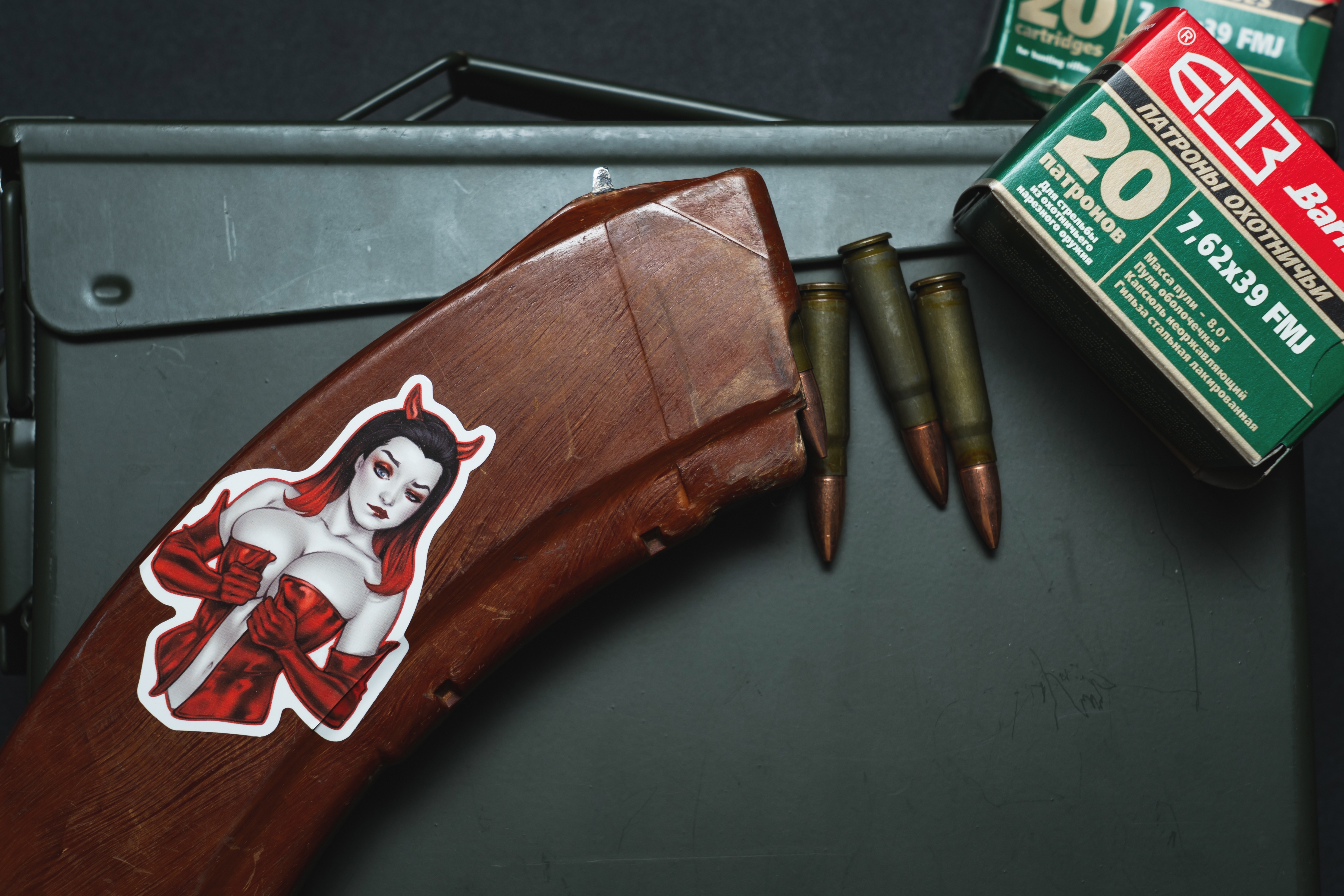
- Hunting: Effective for deer, hogs, and coyotes at 150–200 yards with expanding bullets.
- Defense: Proven in urban combat, suitable for barrier-blind shooting.
- Training: Affordable and widely available in bulk, ideal for high-volume range use.
Whether you’re using an AK-pattern rifle or a modern sporting rifle in this caliber, the 7.62x39mm is a flexible, field-proven round that performs well in real-world scenarios. In training environments, it offers manageable recoil and low per-shot cost, making it a favorite among recreational and defensive shooters alike.
Hunters especially appreciate its brush-penetrating capability and decisive wound channels. For self-defense, especially in rural settings, its ability to stop threats effectively makes it a reliable choice.
Summary Ballistic Table (Standard 123gr FMJ from 16" Barrel)
| Range (yards) | Velocity (fps) | Energy (ft-lbs) | Drop (inches) |
|---|---|---|---|
| 100 | 2,000 | 1,100 | 0 (zeroed) |
| 200 | 1,700 | 800 | -8 |
| 300 | 1,500 | 615 | -24 |
This data represents standard ballistics from a commonly used barrel length. Shorter barrels will reduce velocity and energy, while longer barrels may provide slightly flatter trajectories and improved terminal effect.
Final Thoughts
The 7.62x39mm might not win any awards for long-range precision, but it wasn’t designed to. Its true value lies in delivering reliable, fight-stopping energy within 300 yards—often with affordable ammo and rugged platforms to match.
For hunters, homesteaders, and prepared citizens, its ballistics strike a balance between power and practicality. Understanding its performance helps you make better choices in platforms, optics, and ammunition, whether you're punching paper or protecting what matters.
Its enduring appeal also lies in the simplicity and dependability of rifles chambered for it. The AK-47’s reputation for reliability under adverse conditions, combined with the widespread availability of ammunition, makes 7.62x39mm an ideal choice for those seeking a go-anywhere, do-anything rifle.
In hunting scenarios, it's ideal for medium game within brush distances, and in defensive roles, it provides decisive impact through cover. While it may be eclipsed by modern rounds in specialized niches like long-range or suppressed use, few cartridges offer such a well-rounded package of affordability, performance, and proven track record.
As ammunition technology continues to improve—especially in terms of bullet design for expansion and accuracy—the 7.62x39mm continues to evolve from its military roots into a legitimate, adaptable solution for a wide range of American shooters.
Whether you’re a seasoned marksman, weekend hunter, or new firearm owner looking for a reliable and cost-effective cartridge, the 7.62x39mm stands ready to serve.
Understanding the 7.62x39’s ballistics is important, but pairing that knowledge with the right ammunition makes the biggest difference at the range. To find proven picks, see our full guide to the Best 7.62x39 Ammo for the Range.
Frequently Asked Questions (FAQs)
Is 7.62x39mm good for hunting?
Yes. With soft point or hollow point ammo, it's effective for deer, hogs, and similar-sized game within 200 yards.
What’s the effective range of 7.62x39mm?
While it can reach out to 300 yards, it's most effective between 0–200 yards for ethical hunting and defensive use.
Can 7.62x39mm be used in AR-15s?
Yes. With the right upper receiver and magazines, AR-15 platforms can reliably shoot 7.62x39mm.
Does 7.62x39mm penetrate barriers well?
Yes. It’s known for good barrier penetration, especially with FMJ rounds, making it reliable in brush or urban settings.
Is 7.62x39mm more powerful than .223/5.56?
In terms of muzzle energy and penetration, yes. However, 5.56 has better long-range accuracy and flatter trajectory.



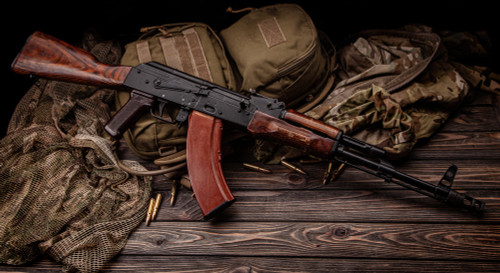
 Pro Armory Editorial Team
Pro Armory Editorial Team